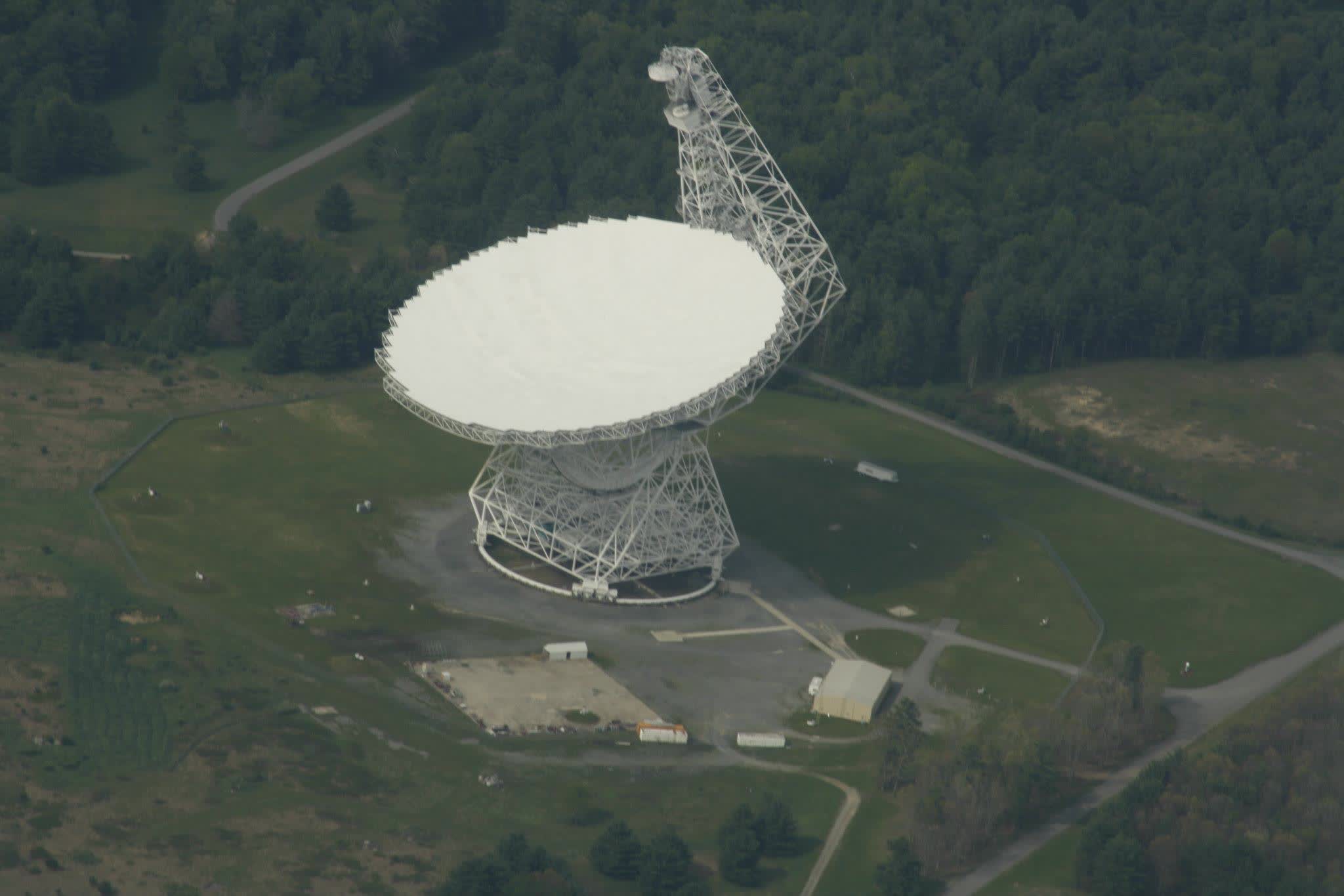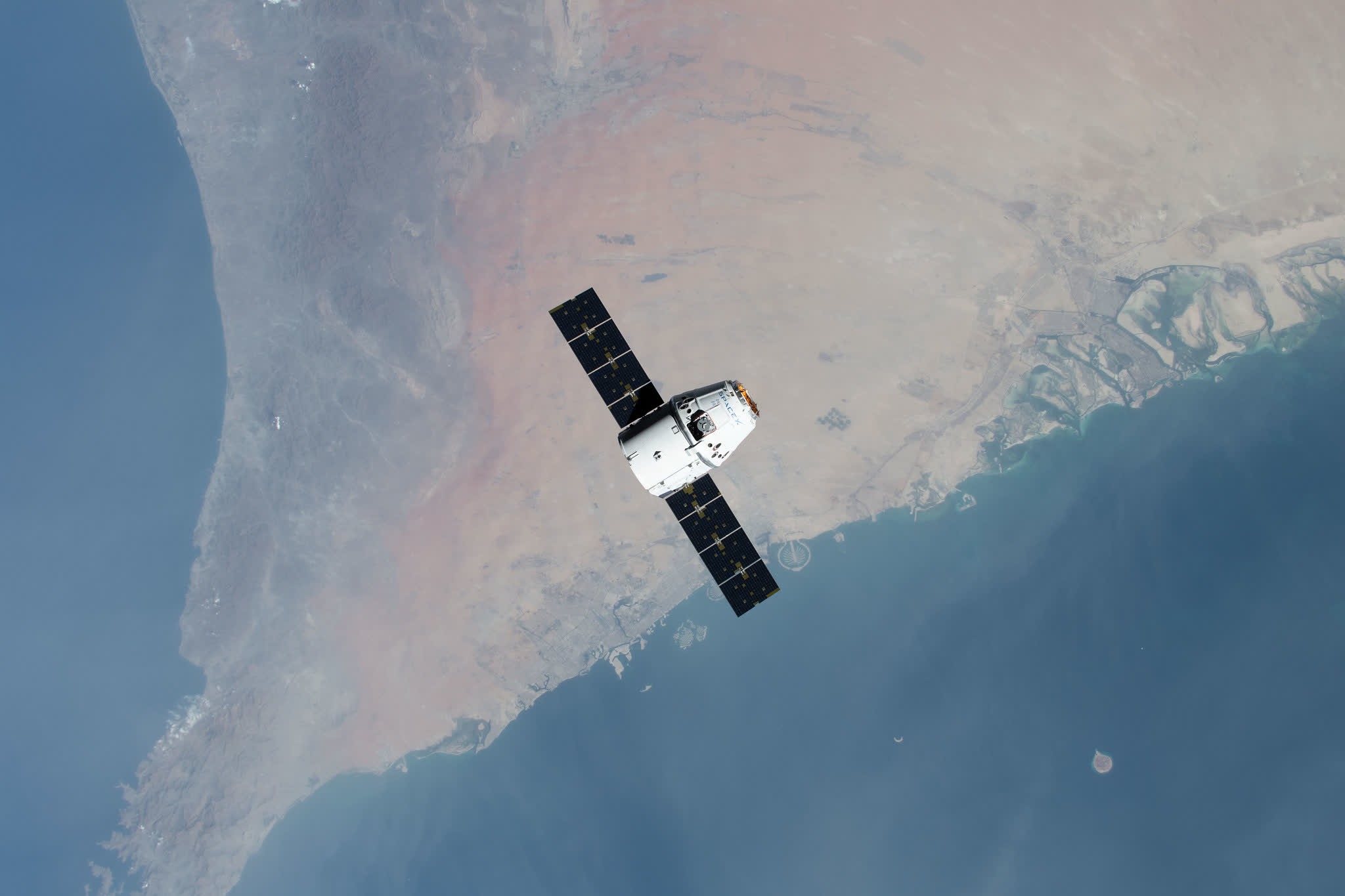Why it matters: Astronomers have previously complained about satellites partially blocking images from ground-based space telescopes. However, visible light isn't the only part of the electromagnetic spectrum astronomers observe, nor is it the only place satellites can threaten their work. Precautions may need to be taken to protect radio observations.

A group of researchers has started raising the alarm about how the growing number of satellites in our sky interfere with ground-based radio telescopes. Astronomers want policymakers to designate special zones where scientists, tech companies, and others can work out how to share the spectrum.
When most people think of astronomy, they likely imagine the striking images of distant stars and galaxies taken by optical telescopes, which gather visible light to make their observations. However, other important information about deep space comes through radio and infrared signals.
The famous picture of the Messier 87 galaxy astronomers published in 2019 – the first-ever image of a black hole – was constructed with information from an array of eight radio telescopes spread across the Earth. Conventional methods would've required a telescope as big as the Earth.

The recent discovery of twin exoplanets – possibly the first-ever water worlds researchers have found – was possible because of the Hubble telescope and the Spitzer infrared telescope. The infrared information helped astronomers determine the planets' volume and density, leading to the water world hypothesis.
Researchers assert that signals from weather, internet, GPS, and other satellites could interfere with the data radio telescopes receive. Currently, quiet zones on the ground restrict the strength and frequency of radio communications so radio telescopes can operate. However, laws governing them might not protect against the increasing number of communications satellites.
SpaceX's Starlink internet satellites could become one source of interference. Astronomers have complained that the company's satellites might crowd the visible night sky. In one case, a Starlink satellite created a streak of light in a space photo by moving across a telescope's field of vision during its long exposure period.
However, SpaceX is cooperating with the National Science Foundation to solve the radio and visual interference problem. The company wants to make its satellites less reflective and narrow the focus of their communication frequencies. The company also said t would perform further testing to find more solutions.
The researchers point to a recently published paper on radio telescope interference that calls for Radio Dynamic Zones. These would work like radio-quiet zones but also serve as experimentation platforms so scientists, developers, and other groups can figure out how to work around each other.
https://www.techspot.com/news/97812-researchers-satellite-radio-signals-can-impede-astronomy.html